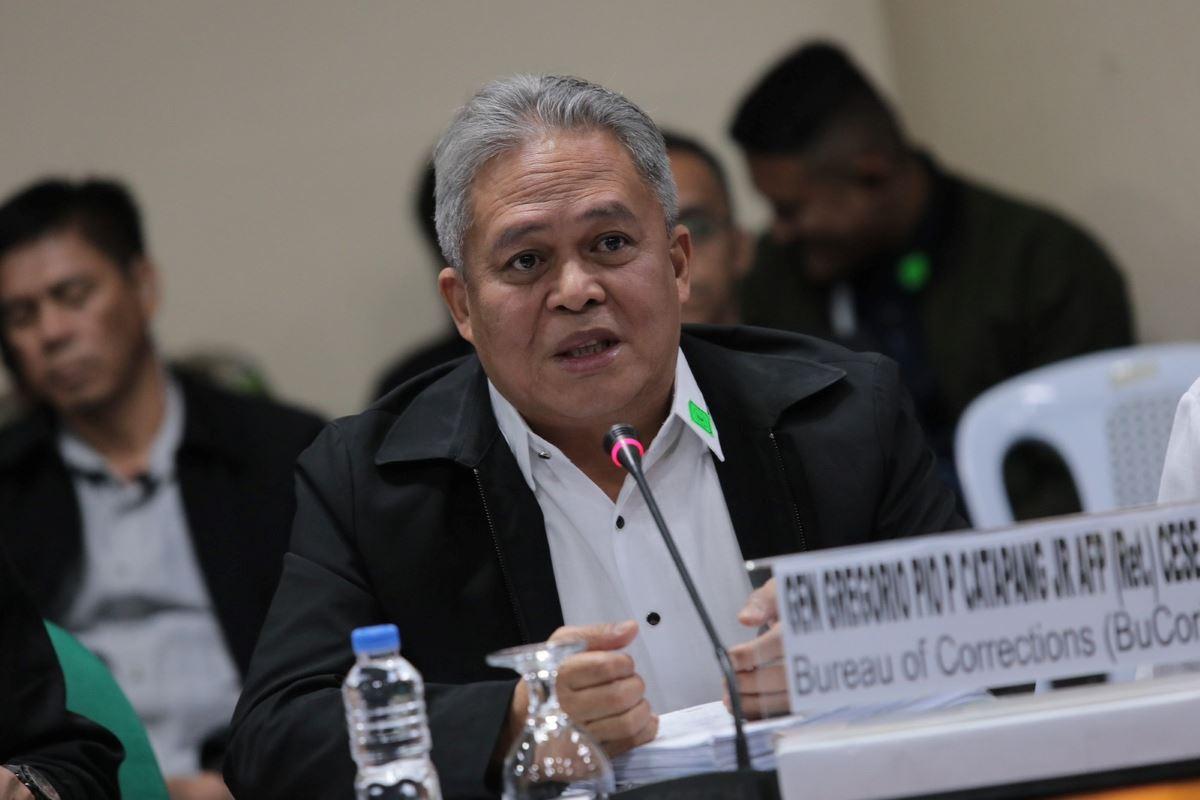Philippine financial system resources up 8.8% at end-November
THE TOTAL RESOURCES of the Philippine financial system rose by 8.8% year on year as of end-November, preliminary data from the Bangko Sentral ng Pilipinas (BSP) showed.

By Luisa Maria Jacinta C. Jocson, Reporter
THE TOTAL RESOURCES of the Philippine financial system rose by 8.8% year on year as of end-November, preliminary data from the Bangko Sentral ng Pilipinas (BSP) showed.
BSP data showed the resources of banks and nonbank financial institutions (NBFIs) jumped to P33.08 trillion as of end-November from P30.39 trillion in the same period in 2023.
Month on month, total resources inched up by 0.9% from P32.8 trillion at end-October.
Financial system resources include funds and assets such as deposits, capital, as well as bonds or debt securities.
Data from the BSP showed banks’ resources stood at P27.55 trillion at end-November, higher by 9.6% from P25.15 trillion in the previous year.
Resources of universal and commercial banks increased by 9.4% to P25.79 trillion at end-November from P23.56 trillion in the year prior. Big banks accounted for the bulk or 78% of total resources during the period.
Thrift banks’ resources amounted to P1.15 trillion as of November, up by 7.1% from P1.07 trillion in the previous year.
Total resources held by digital banks stood at P119.5 billion as of end-November, jumping by 40% from P85.4 billion in the previous year. The BSP began consolidating data from digital banks starting March 2023.
Rural and cooperative banks’ resources climbed by 17% to P498.3 billion at end-November from P425.8 billion from the prior year.
Meanwhile, latest data showed that nonbanks’ resources went up by 5.3% to P5.52 trillion as of end-June from P5.25 trillion in the year-ago period. There were no data as of end-November.
Nonbanks include investment houses, finance companies, security dealers, pawnshops and lending companies.
Institutions such as nonstock savings and loan associations, credit card companies, private insurance firms, the Social Security System and the Government Service Insurance System are also considered nonbank financial institutions.
John Paolo R. Rivera, a senior research fellow at the Philippine Institute for Development Studies said the growth in total resources reflects the “overall resilience and expansion of both banks and NBFIs.”
“The robust economic activity across key sectors fueled higher financial transactions and demand for credit,” he said in a Viber message.
“Banks and NBFIs also benefited from increased loan demand, particularly for housing, consumer, and corporate sectors,” he added.
Separate data from the BSP showed outstanding loans of universal and commercial banks rose by 11.1% year on year to P12.68 trillion in November.
This was the fastest loan growth in nearly two years or since the 13.7% logged in December 2022.
Oikonomia Advisory & Research, Inc. economist Reinielle Matt Erece said the rise in total resources was also due to the inflows of short-term foreign investments.
In the January-to-November period, BSP-registered foreign investments yielded a net inflow of $2.59 billion, a turnaround from the $43.66-million net outflow in the same period a year ago.
“Increased business activity supports deposit growth, lending, and investments, which are reflected in the financial system’s resources,” Mr. Rivera said.
The reduction in interest rates also encouraged borrowing and led to an expansion in assets, Mr. Rivera said.
“Further, the improvement of the financial resources is also a realization of the effects of lower key interest rates and expectations of further rate cuts, which also increases the demand for money, prompting banks to raise capital to accommodate this demand,” Mr. Erece added.
The BSP has lowered borrowing costs by a total of 75 basis points (bps) since it began its easing cycle in August, bringing the benchmark rate to 5.75%.
“Elevated liquidity in the financial system, driven by accommodative monetary policy (RRR reductions and rate cuts in 2024), allowed financial institutions to grow their asset base,” Mr. Rivera said.
The BSP slashed big lenders’ reserve requirement ratio (RRR) by 250 bps to 7% from 9.5%, effective in October.
Mr. Rivera said the rise in digital banking services also led to increased resources in the financial system.
“The acceleration of digital banking and financial services expanded access to previously underserved segments, bringing in new depositors and borrowers. This growth likely contributed to the rise in total financial resources.”
The Monetary Board lifted the moratorium on new digital banking licenses starting Jan. 1, 2025.
What's Your Reaction?

















































